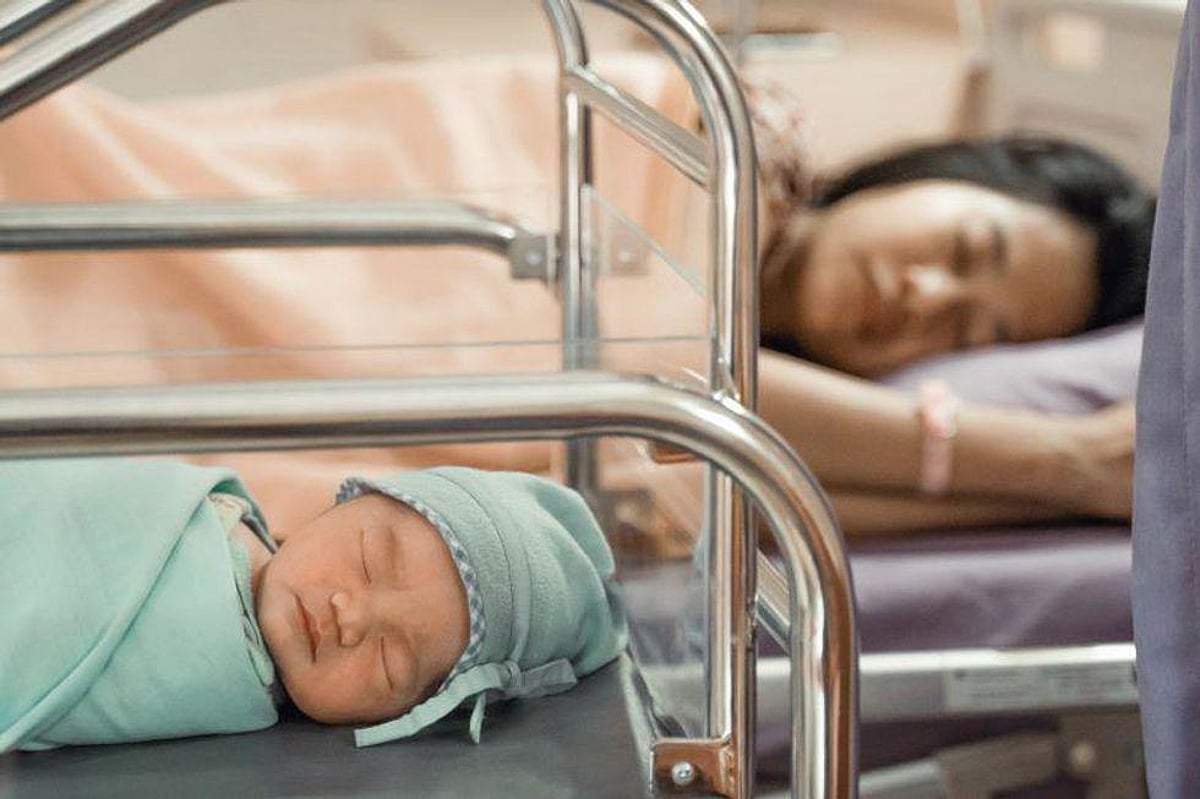7 Million U.S. Women Live in Maternity Care ‘Deserts’

TUESDAY, Oct. 11, 2022 (HealthDay News) -- The United States is still among one of the most dangerous developed nations for childbirth, especially in rural areas and communities of color, according to a new March of Dimes report. About 36 percent of U.S. counties have no obstetric hospital or providers and no birth centers.
Maternity care is actually diminishing in places where it is needed most, worsening during the pandemic, with a 2 percent increase in these "deserts" since the organization's 2020 report.
"With an average of two women dying every day from complications of pregnancy and childbirth and two babies dying every hour, our country is facing a unique and critical moment as the infant and maternal health crisis continues intensifying," March of Dimes President and CEO Stacey Stewart, said in an organization news release. "With hospital closures, inflation, and COVID-19 limiting access to care, the compounding issues of our time are bearing down on families, forcing them to extend themselves in new ways to find the care they need and ways to afford it."
Nearly 7 million women of childbearing age live in places with no or limited maternity care, which affects about 500,000 babies. About 2.2 million women of childbearing age live in maternity care deserts, the report showed. The loss of obstetric providers and services in hospitals was responsible for decreases in maternity care access in more than 110 counties in the two years since the last report. About one in eight babies are born in areas with limited or no maternity care, including one in four Native American babies and one in six Black babies.
"While we've seen a slight increase in obstetric providers nationwide, we continue seeing a troubling decrease in providers serving rural areas," Zsakeba Henderson, M.D., senior vice president and interim chief medical and health officer at the March of Dimes, said in the news release. "In fact, only 7 percent of obstetric providers serve rural areas and, with more than 500,000 babies born to women living in these areas, families in rural areas are at higher risk for poor outcomes."
March of Dimes is adding a mobile health unit to its current operating fleet of maternity care centers to provide more access to care. This includes Mom & Baby Mobile Health Centers and Community Health Workers in both Southeast Ohio and the Washington, D.C., area. Soon, a new mobile health unit will start in New York. A new March of Dimes app will be launched later this month to provide essential resources for expecting and new parents and to allow them to connect with other families. March of Dimes is also working in nine local communities across the United States to improve the quality of care offered in communities of color.
Related Posts
Animal Sedative Is Driving Rise in Fatal Drug ODs
TUESDAY, Sept. 21, 2021 (HealthDay News) -- An animal tranquilizer, xylazine, is...
Un nuevo virus transmitido por las garrapatas se propaga por todo EE. UU.
JUEVES, 17 de marzo de 2022 (HealthDay News) -- Un virus potencialmente letal...
Pfizer Warns of Shortage of Antibiotic Used to Fight Syphilis
FRIDAY, July 7, 2023 (HealthDay News) -- Infectious disease experts are warning...
Handgun, Individual, Community Factors Predict Suicide by Firearm
MONDAY, July 11, 2022 (HealthDay News) -- Among handgun purchase transactions...
